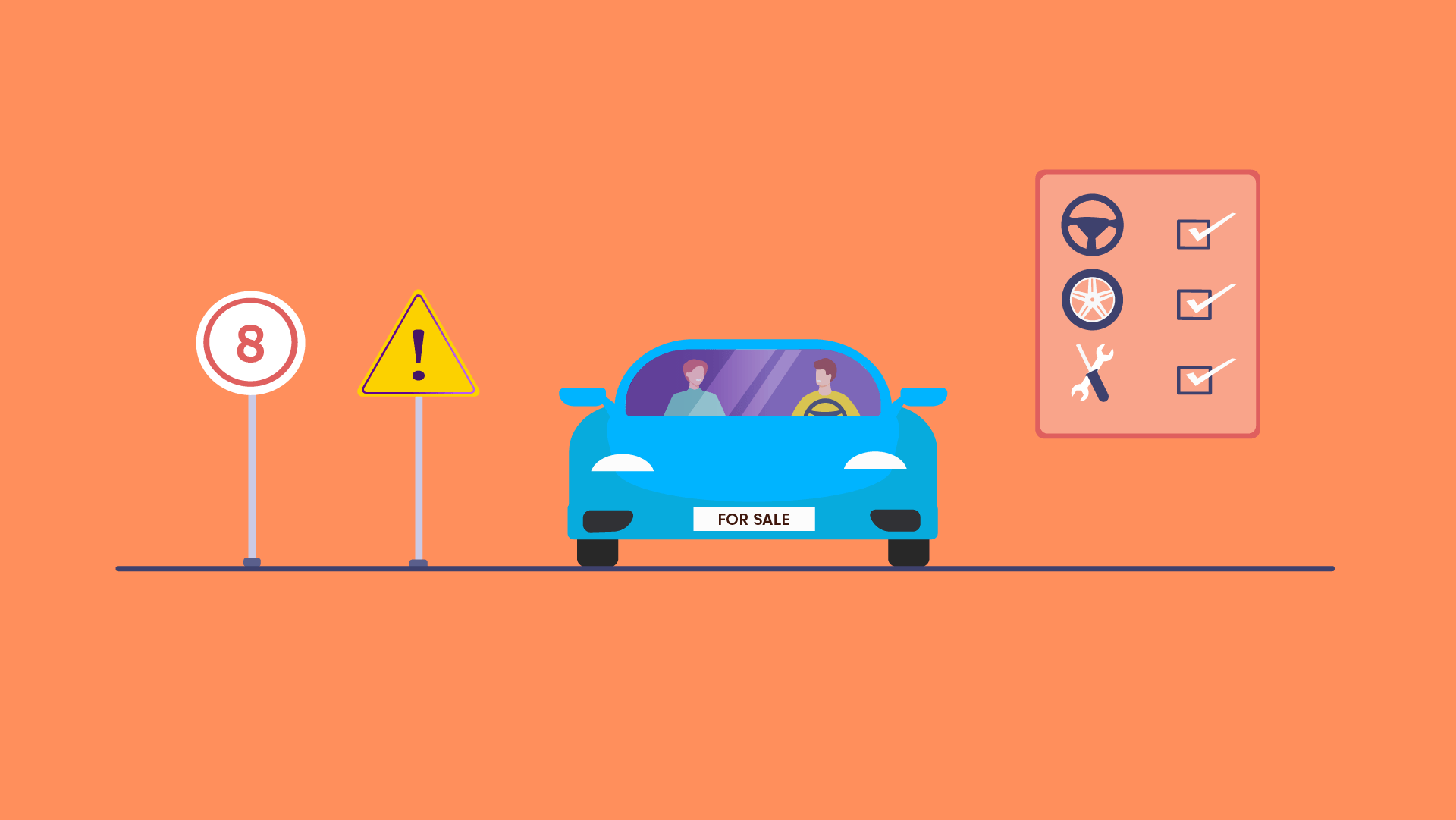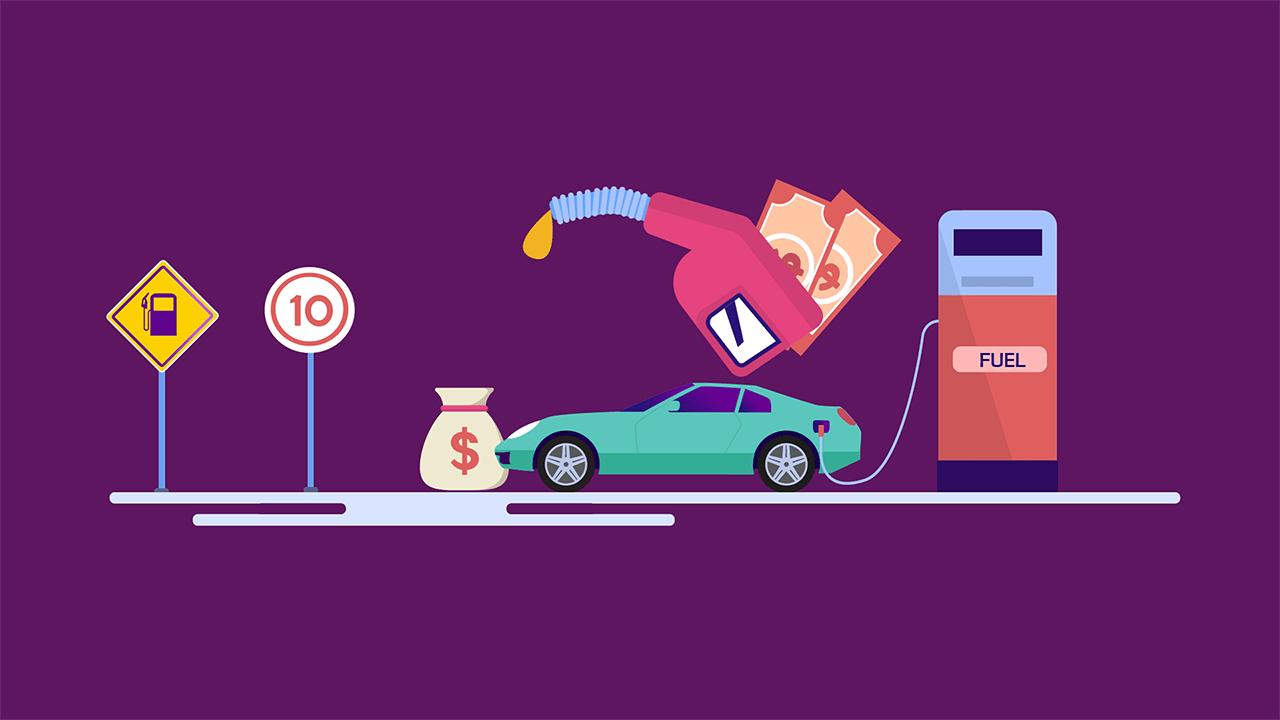Before the Drive | 8 Smart Moves Every Driver Should Make
By Umm e Hani on Apr 25, 2024
Contents
Buying a car is a significant investment, and it's crucial to make an informed decision. And test drive cars are the most important step in this process. However, simply getting behind the wheel and taking a car for a spin isn't enough. Smart drivers take a more strategic approach to new car test driving, ensuring they get all the information they need to make a sound choice.
8 Things Smart Drivers Do Before Car Driving Test
1. Do Your Research Beforehand
Before you even step onto the dealership lot, it's important to do your research and understand the car you're interested in. Read online reviews, compare specifications, and check out expert opinions. This will help you form a baseline understanding of the car and focus your test drive on key aspects.
Here are some specific things to research:
- Read reviews from car reviewers and owners: This will give you an idea of the car's strengths and weaknesses.
- Compare specifications: Look at the car's fuel economy, engine performance, safety ratings, and other important features.
- Check out expert opinions: Read what automotive journalists and analysts have to say about the car.
2. Choose the Right Time and Place
The time of day and the location of your test drive can have a big impact on your experience. Avoid test driving during rush hour or on busy weekends, as these periods can lead to crowded roads and limited opportunities to fully assess the car's performance. Instead, opt for a weekday morning or afternoon when traffic is lighter and you can experience the car in various driving conditions.
Here are some specific tips for choosing the right time and place for your test drive:
- Test drive during the week: This will help you avoid crowds and get more personalized attention from the salesperson.
- Test drive in a variety of conditions: Take the car for a spin on the highway, in the city, and on some back roads.
- Test drive in different weather conditions: If possible, try to test drive the car in different weather conditions, such as rain, snow, or hot weather.
3. Arrive Prepared
Before you head to the dealership, make sure you have all of the necessary paperwork in order. This includes your driver's license, proof of insurance, and a check or credit card if you're planning to buy the car. You should also bring a list of questions to ask the salesperson about the car.
Here are some specific things to bring with you on your test drive:
- Your driver's license and proof of insurance: This is required by law in most states.
- A check or credit card: You may need to make a deposit if you're planning to buy the car.
- A list of questions: This will help you remember all of the things you want to ask the salesperson.
4. Inspect the Car Thoroughly
Before you even start the engine, take a few minutes to inspect the car's exterior and interior. Look for any signs of damage, wear and tear, or unusual modifications. Check the tires for proper inflation and tread wear. Open the doors and examine the upholstery, dashboard, and seats for any signs of neglect or abuse.
Here are some specific things to inspect on the car's exterior:
- The body panels: Look for any dents, scratches, or rust.
- The tires: Make sure they are properly inflated and have good tread wear.
- The lights: Make sure all of the lights are working properly.
5. Take the Car for a Comprehensive Drive
Once you're behind the wheel, it's time to put the car through its paces. Start by driving on a variety of roads, including highways, city streets, and residential neighborhoods. Pay attention to the car's handling, acceleration, braking, and overall feel. Don't be afraid to push the car a bit to see how it performs under different driving conditions.
Here are some specific things to test during your drive:
- The car's handling: How does the car feel when you corner?
- The car's acceleration: How quickly does the car accelerate from a stop?
- The car's braking: How do the brakes feel when you apply them?
- The car's overall feel: Do you feel comfortable and in control of the car?
6. Test the Features and Technology
Many modern cars are packed with features and technology. Take the time to test out the car's infotainment system, navigation system, climate control, and any other features that are important to you. See how easy they are to use and how well they integrate with your smartphone or other devices.
Here are some specific features to test:
- The infotainment system: Make sure it is easy to use and has all of the features you want.
- Navigation System: Navigate through the menus and test the accuracy and responsiveness of the navigation system. If available, try voice commands to assess its effectiveness.
- Smartphone Integration: Check how seamlessly your smartphone integrates with the infotainment system. Test app connectivity, call functionality, and messaging integration.
7. Ask for Feedback
If you're not an experienced driver or tester, consider bringing along a friend or family member who has more experience. Their feedback can provide valuable insights you may not have considered yourself.
Here are some specific tips for asking for feedback:
- Ask for feedback on the car's handling, acceleration, and braking.
- Feedback on the car's comfort and features.
- Feedback on the overall feel of the car.
8. Don't Rush Your Decision
A test drive is just one step in the car-buying process. Don't feel pressured to make a decision immediately. Take your time, compare different models, and weigh your options carefully before making a final choice.
Here are some specific things to do after your test drive:
- Get quotes from multiple dealerships.
- Read reviews from other buyers.
- Take another test drive if necessary.
Additional Tips
Here are some additional tips for test driving a car:
- Dress comfortably. You'll be spending some time in the car, so make sure you're dressed comfortably.
- Bring along a notebook and pen. Take notes about your impressions of the car.
- Be honest with the salesperson. Tell them what you're looking for and what you're not looking for.
- Don't be afraid to negotiate. The price of the car is negotiable, so don't be afraid to haggle.
That’s A Wrap!
Test driving a car is an opportunity to gather valuable information and make an informed decision about a significant investment. By following these tips, smart drivers can ensure they get the most out of their test drive and choose a car that meets their needs and expectations.
FAQ
How Old Do You Have To Be To Test Drive A Car?
In the United States, the minimum age to test drive a car is 16 years old. However, some dealerships may have their own policies that require test drivers to be 18 years old or older.
How To Test Drive A Car?
To test drive a car, you will need to have a valid driver's license and proof of insurance. You should also call the dealership ahead of time to schedule an appointment. When you arrive at the dealership, tell the salesperson that you would like to test drive a car. They will ask you for your driver's license and proof of insurance, and then they will give you the keys to the car.
Can You Test Drive A Car With A Permit?
Yes, you can test drive a car with a permit in most states. However, you will need to be accompanied by a licensed driver who is at least 21 years old.
What Do You Need To Test Drive A Car?
To test drive a car, you will need to have a valid driver's license, proof of insurance, and a credit card or cash deposit.
How Long Can You Test Drive A Car?
The length of a test drive typically depends on the dealership's policy. However, most dealerships will allow you to test drive a car for 15-30 minutes.
What To Look For When Test Driving A Car?
When test driving a car, you should pay attention to the following:
- The car's handling and performance
- The car's comfort and features
- The car's overall condition
How To Let Someone Test Drive Your Car?
If you want to let someone test drive your car, you should make sure they have a valid driver's license and proof of insurance. You should also ride along with them during the test drive.


